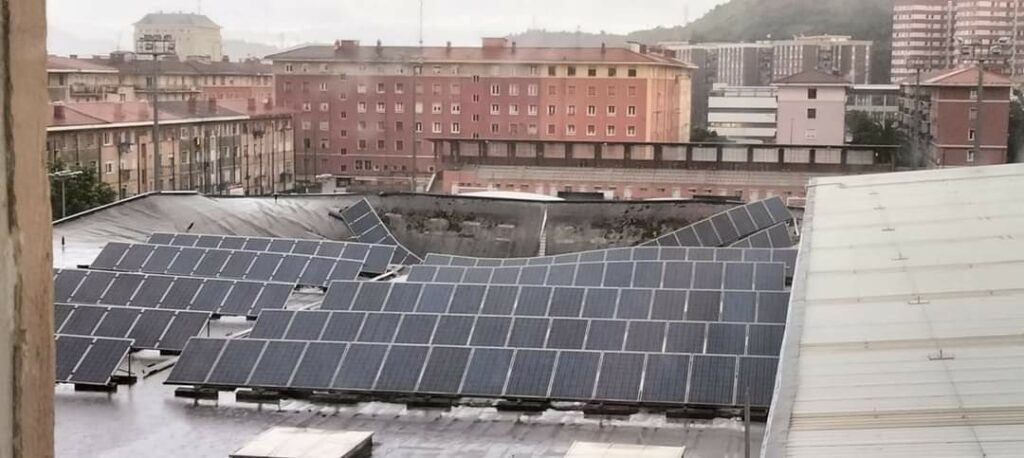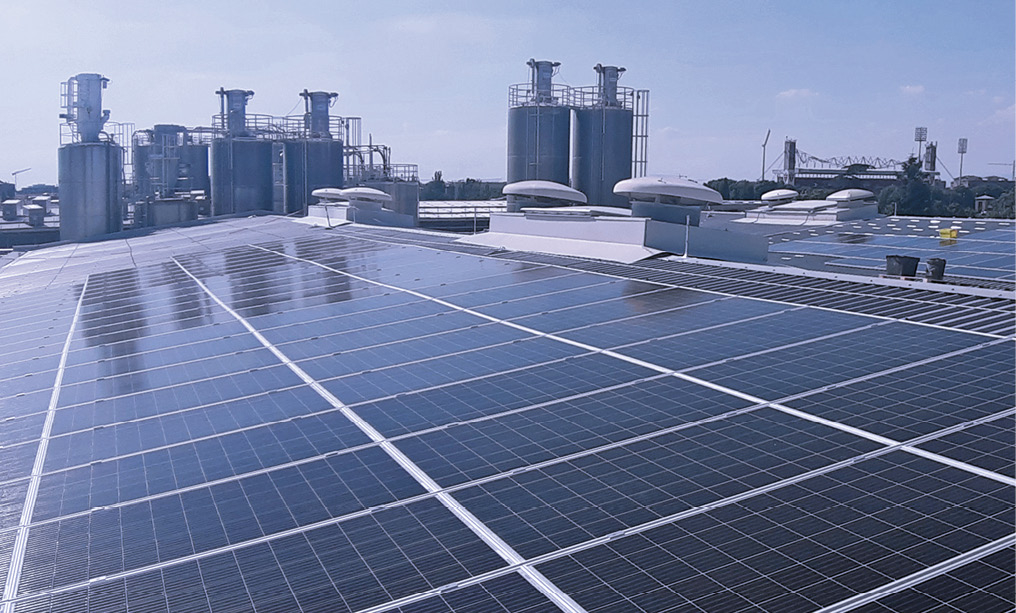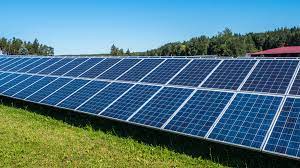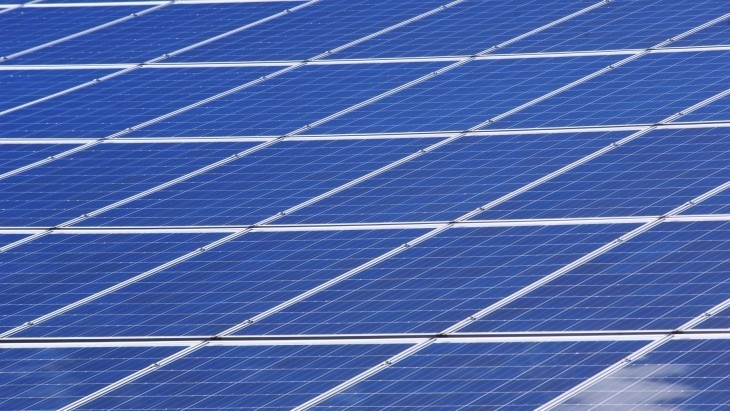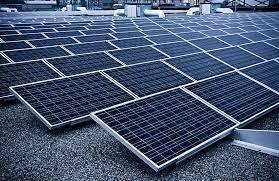Before his death in 2015, Douglas Tompkins received several accolades for environmental work; Kristine retired from her role at Patagonia in 1990 to focus full-time on conservation work in South America. The couple were married in 1994, and together the husband and wife duo went about protecting more land than any other private individuals – over 2 million acres across Argentina and Chile.
Using profits from The North Face, Douglas Tompkins began acquiring land in Chile in the early 1990s and, through a series of land acquisitions and conservation projects, established conservation areas and national parks across Chile. In 2004, Tompkins Conservation purchased a 175,000-acre sheep ranch in Chile’s Aysen Province.
The acquisition marks the beginning of development on the future Patagonia National Park. In 2017, an arrangement between Tompkins Conservation and the Chilean government formalised the conservation group’s donation of 206,983 acres of land, which combined with the existing Jeinmimeni and Tamango National Reserves to create Patagonia National Park.
It’s one of the most important conservation projects in the world, an example of public-private cooperation for the benefit of wildlife, the environment, and future generations. There was one problem: the park is a great distance from the nearest public utility grid, and up until recently power generation at this beacon of environmentalism relied on diesel fuel generators.
Green energy for conservation work
To escape the reliance on diesel fuel – not just an environmentally damaging method, but a costly one too – a run-of-the-river hydroelectric power station, photovoltaic (PV) installation, and battery storage system have been combined to provide electricity from renewable energy sources for Patagonia National Park.
To achieve the total output of 115 kilowatts peak (kWp), SyR Energía, which planned and executed the microgrid project, combined two hydraulic turbines and a solar generation system, both with AC coupling. The lithium-ion battery storage system has a total capacity of 144 kWh.
“Combining run-of-the-river hydroelectric power and a photovoltaic installation is technically very demanding,” explains SyR Energía engineer Gonzalo Rodriguez.
German energy storage system developer Tesvolt supplied the battery storage system for the Patagonia microgrid. Christian Went, Tesvolt project manager on the Patagonia project, explains the importance of the microgrid: “Generally, the power supply in more densely populated regions is secured through centralised power plants, which bring the electricity to the consumer via a distribution network. However, there are also regions in which close-knit power grids have not yet been built for cost reasons, due to very large distances.
“These include Patagonia where, as in most cases of remote communities, the power is generated locally by diesel gensets. The problem with the usage of diesel engines is the release of carbon into the atmosphere when burning fossil fuels… The microgrid in Patagonia National Park today uses a PV installation and electric water turbines for power generation.”
Went says that, together with Tesvolt’s battery storage system and a smart hybrid control unit, renewable energy is available day and night, all year round at the park. In cases of shortfalls from solar generation, such as on cloudy days, the microgrid can automatically turn on backup diesel generators to recharge the batteries.
On top of cutting carbon emissions from the park’s power generation, the run-of-the-river hydropower installation minimises the impact to the conservation area, harnessing the natural flow of water and removing the need for reservoirs.
A significant project for Tesvolt
Tesvolt supplied a system that is robust enough to withstand extreme climate conditions. In winter and spring, the park’s rivers swell from heavy rainfall and melting snow from the Andes mountains and the hydropower system converts the energy from the water into electricity. In summer, the water level drops significantly and the system relies on solar generation. Tesvolt’s system has to cope with both and stores any excess electricity.
“The park is so remote that it was extremely important to install installation components of high quality that therefore require minimum maintenance,” Rodriguez says. “We therefore decided to install storage systems from Tesvolt, who lead the field in terms of quality. This has paid off.”
According to Rodriguez, the microgrid has been running without fault for a year owing to the capability of Tesvolt’s system.
Went says that the project is significant, both because it demonstrates Tesvolt’s capability and because it provides strong environmental benefits: “What makes the project significant is that Tesvol shows field experience for lithium-ion based battery storage systems in very remote areas. When microgrids were equipped with storage capacity to reach higher levels of solar fraction/autonomy in the past, lead-acid batteries were primarily used as storage technology.”
Investors generally consider lead-acid batteries as an established technology with extensive operational and field experience, according to Went. Along with a smaller capex, this can lead to lead-acid battery systems being viewed as a better investment.
Tesvolt having a successful lithium-ion project in a remote area could change this perception – lithium-ion systems have a cost advantage in terms of operating expenditure that can outweigh the upfront benefits of lead-acid batteries. Tesvolt’s lithium-ion system is also more space-efficient; the system deployed at Patagonia National Park is made of three cabinets, each with 48 kWh of battery capacity and a footprint smaller than 1m².
“As a benefit to the environment, Tesvolt can clearly reduce energy loss compared to the lead-acid technology, which shows a round-trip-efficiency of less than 65% when charging and discharging again.”
